Help your students to develop a conceptual understanding of fractions with this 7 week fraction unit! Students will further their understanding of fractions, as well as compare fractions, generate equivalent fractions, add and subtract fractions, and multiply fractions by whole numbers.
This individual unit is also available in my 4th Grade Math Bundle.
All detailed lesson plans are written in an easy to follow format. The lessons are written to give students a solid foundation of the concept of fractions through engaging and hands-on lessons. In this unit you will find performance tasks to conceptually teach new skills through the workshop model, as well as math center activities and fraction games for review.
What’s Included?
- Unit at a Glance
- 35 Lesson Plans that include performance tasks
- 35 Skill Building Worksheets
- Answer Keys
Table of Contents
Pg. 3 Teacher Notes
Pg. 4-5 Lesson 1-Equal Parts
Pg. 6-7 SP-Finding Equal Parts
Pg. 8-10 Lesson 2-Fraction Pizza
Pg. 11-12 SP-Fractions in a Set
Pg. 13-15 Lesson 3-More or Less Than One
Pg. 16-17 SP-Label the Fractions
Pg. 18-19 Lesson 4-Mixed Numbers
Pg. 20-21 SP-Number Line Cut and Paste
Pg. 22-23 Lesson 5-Fraction Size
Pg. 24 SP-Spin the Fraction
Pg. 25-26 Lesson 6-Fraction Line Up
Pg. 27-28 SP-Comparing Bar Fractions
Pg. 29-30 Lesson 7-Comparing Fractions
Pg. 31-32 SP-Shade and Compare Fractions
Pg. 33-34 Lesson 8-Problem Solving With Fractions
Pg. 35-36 SP-Comparing Fractions
Pg. 37-48 Lesson 9-Rolling Fractions
Pg. 39-40 SP-Fraction Word Problems
Pg. 41-42 Lesson 10-Fraction Skittles
Pg. 43-44 SP-Fraction Word Problems 2
Pg. 45-46 Lesson 11-Finding Fraction Equivalencies
Pg. 47-48 SP-Equivalent Fraction Bars
Pg. 49-50 Lesson 12-3 Missing Numbers
Pg. 51-52 SP-Shade and Find the Equivalent Fraction
Pg. 53-54 Lesson 13-3 Partitioning Squares
Pg. 55-56 SP-Missing Numbers
Pg. 57-59 Lesson 14-Fraction Problem Solving
Pg. 60-61 SP-Generating Equivalent Fractions
Pg. 62-63 Lesson 15-Pattern Block Fractions
Pg. 64-65 SP-Fraction Mystery Picture
Pg. 66-67 Lesson 16-Fraction Brownies
Pg. 68-69 SP-Fraction Review
Pg. 70-71 Lesson 17-Fraction Games
Pg. 72-73 SP-Decompose the Fraction
Pg. 74-76 Lesson 18-Fraction Quilts
Pg. 77-78 SP-More Decomposing Numbers
Pg. 79-81 Lesson 19-Adding & Subtracting Problem Solving
Pg. 82-83 SP-Adding Fractions
Pg. 84-87 Lesson 20-Pizza Fractions
Pg. 88-89 SP-Subtracting Fractions
Pg. 90-91 Lesson 21-Multiplication in Context
Pg. 92-93 SP-Repeated Addition
Pg. 94-95 Lesson 22-Explaining the Algorithm
Pg. 96-97 SP-Basic Multiplication
Pg. 98-100 Lesson 23-Fraction Pizza
Pg. 101-102 SP-More Multiplication
Pg. 103-104 Lesson 24-Field Trip Dilemma
Pg. 105-106 SP-Multiplying Fractions
Pg. 107-110 Lesson 25-Playground Design
Pg. 111-112 SP-Multiplication Word Problems
Check out these other 4th Grade Math Units!
- Unit 1 Place Value and Rounding Unit
- Unit 2 Addition and Subtraction Unit
- Unit 3 Multiplication Unit
- Unit 4 Division Unit
- Unit 5 Fraction Unit
- Unit 6 Decimal Unit
- Unit 7 Geometry Unit
- Unit 8 Measurement Unit
Standards Taught
- 4.NF.1. Explain why a fraction a/b is equivalent to a fraction (n × a)/(n × b) by using visual fraction models, with attention to how the number and size of the parts differ even though the two fractions themselves are the same size. Use this principle to recognize and generate equivalent fractions.
- 4.NF.2 Compare two fractions with different numerators and different denominators, e.g., by creating common denominators or numerators, or by comparing to a benchmark fraction such as 1/2. Recognize that comparisons are valid only when the two fractions refer to the same whole. Record the results of comparisons with symbols >, =, or <, and justify the conclusions, e.g., by using a visual fraction model.
- 4.NF.3 3. Understand a fraction a/b with a > 1 as a sum of fractions 1/b.
- a. Understand addition and subtraction of fractions as joining and separating parts referring to the same whole.
- b. Decompose a fraction into a sum of fractions with the same denominator in more than one way, recording each decomposition by an equation. Justify decompositions, e.g., by using a visual fraction model. Examples: 3/8 = 1/8 + 1/8 + 1/8 ; 3/8 = 1/8 + 2/8 ; 2 1/8 = 1 + 1 + 1/8 = 8/8 + 8/8 + 1/8.
- c. Add and subtract mixed numbers with like denominators, e.g., by replacing each mixed number with an equivalent fraction, and/or by using properties of operations and the relationship between addition and subtraction.
- d. Solve word problems involving addition and subtraction of fractions referring to the same whole and having like denominators, e.g., by using visual fraction models and equations to represent the problem.
- 4.NF.4 Apply and extend previous understandings of multiplication to multiply a fraction by a whole number.
- a. Understand a fraction a/b as a multiple of 1/b. For example, use a visual fraction model to represent 5/4 as the product 5 × (1/4), recording the conclusion by the equation 5/4 = 5 × (1/4).
- b. Understand a multiple of a/b as a multiple of 1/b, and use this understanding to multiply a fraction by a whole number. For example, use a visual fraction model to express 3 × (2/5) as 6 × (1/5), recognizing this product as 6/5. (In general, n × (a/b) = (n × a)/b.)
- c. Solve word problems involving multiplication of a fraction by a whole number, e.g., by using visual fraction models and equations to represent the problem. For example, if each person at a party will eat 3/8 of a pound of roast beef, and there will be 5 people at the party, how many pounds of roast beef will be needed? Between what two whole numbers does your answer lie?
Lessons Include: standard, materials, mini lesson, work time, closing, intervention, extension, essential questions, and formative assessments.
Total Pages: 241
File Size: 38 MB

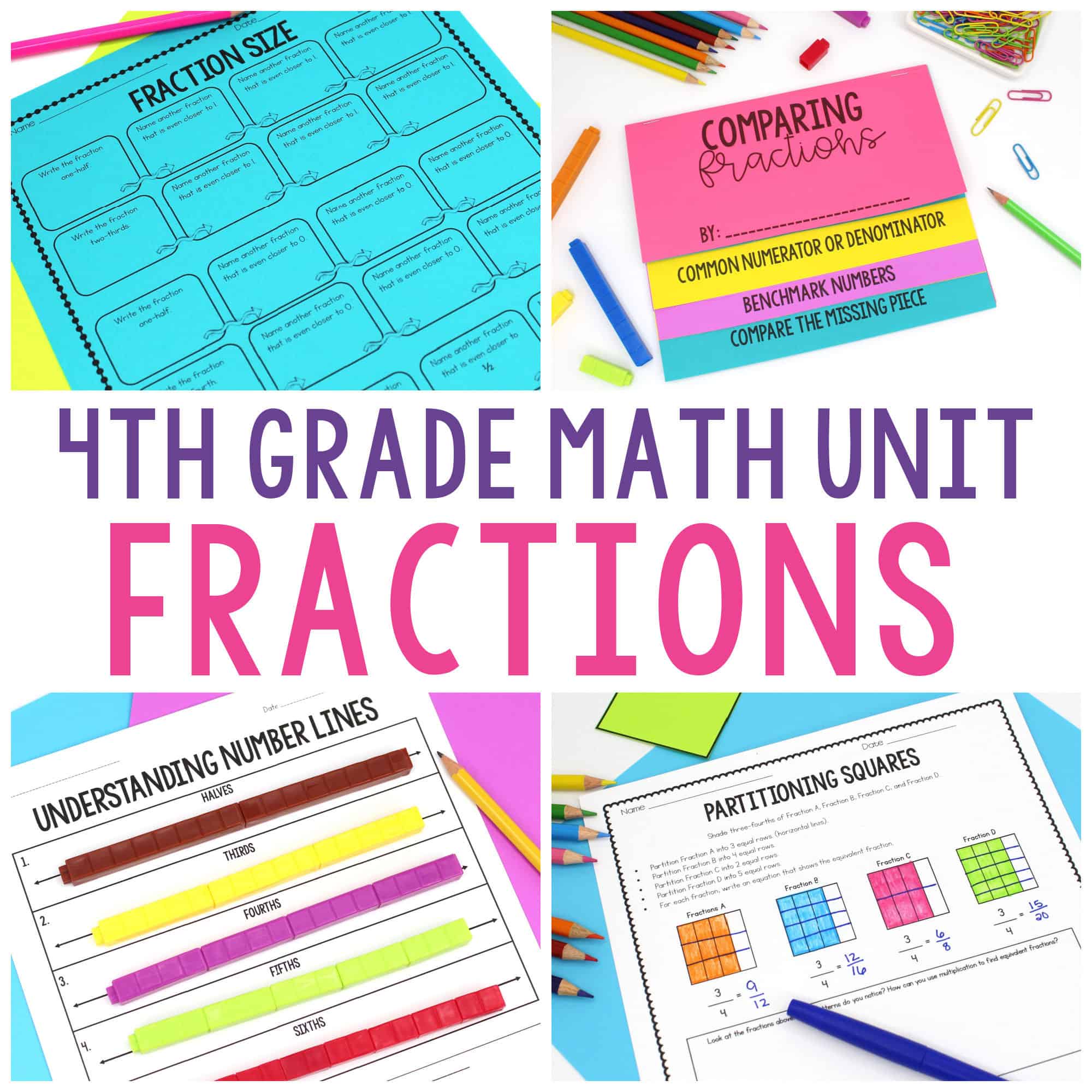
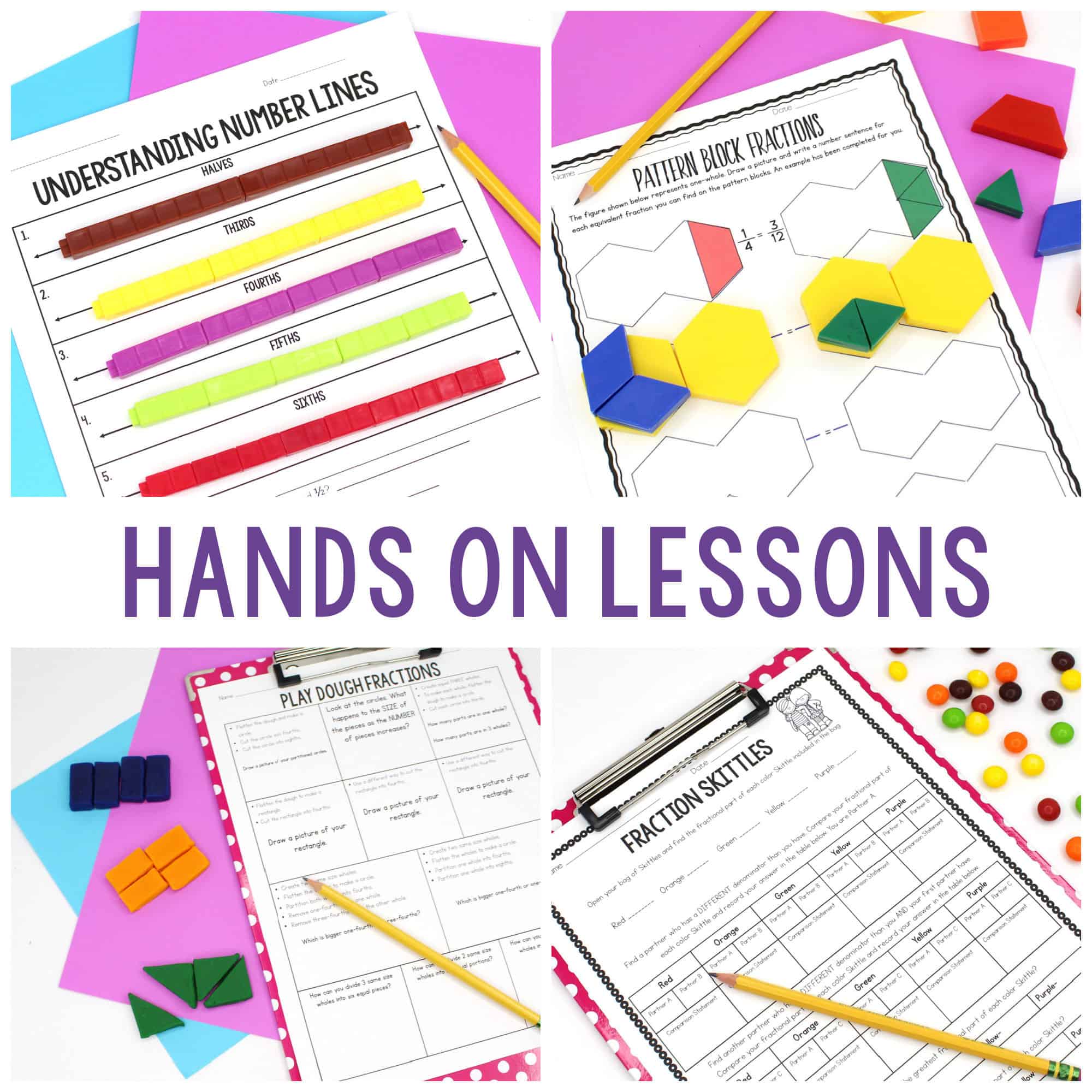
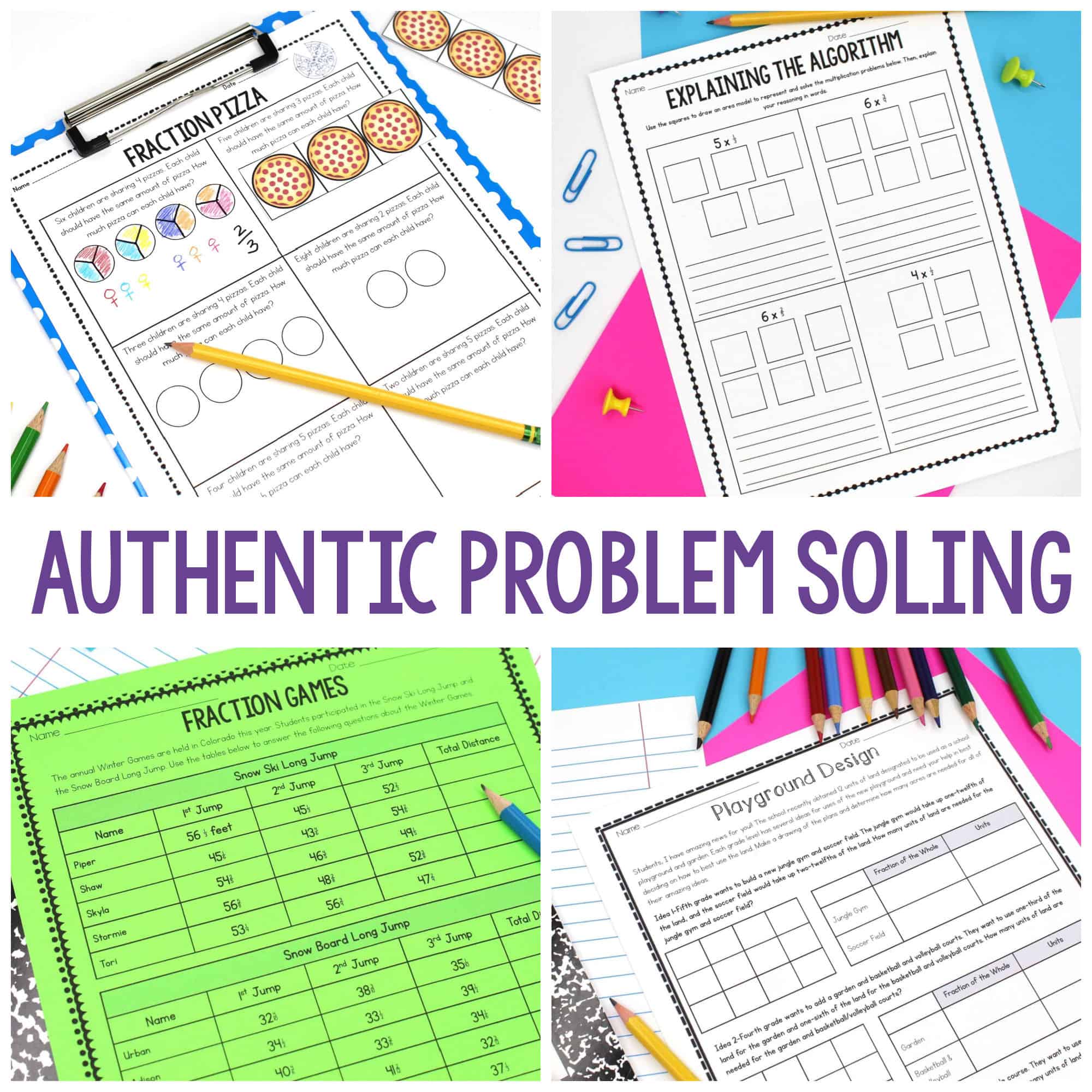
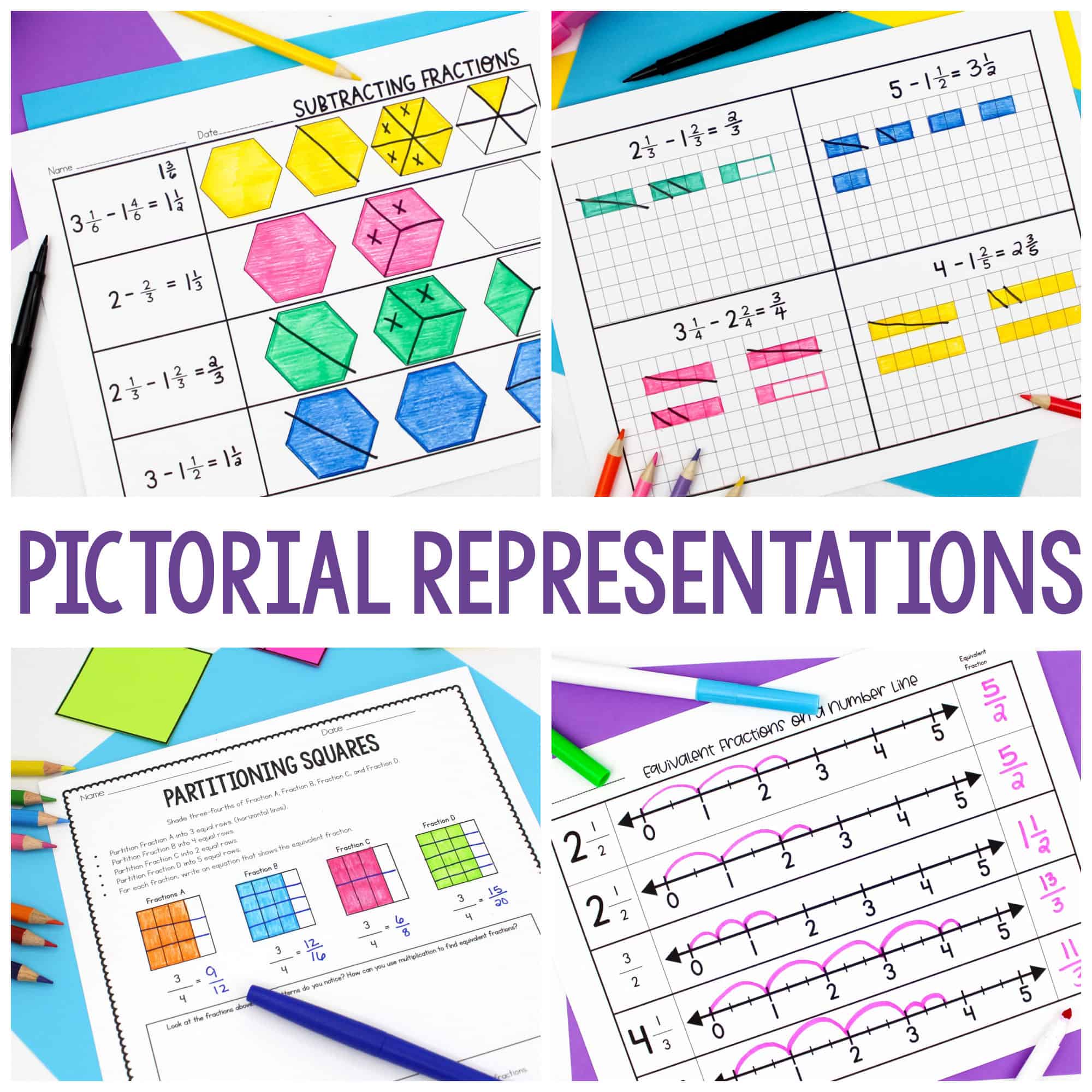
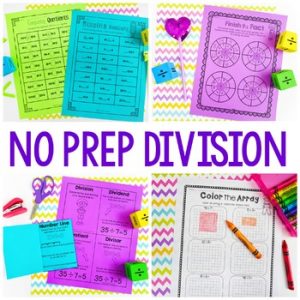
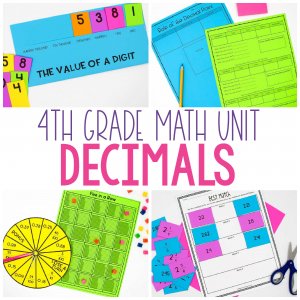
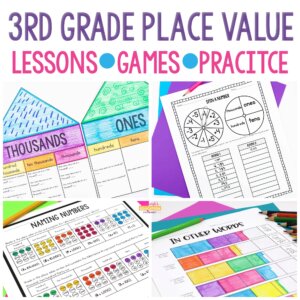
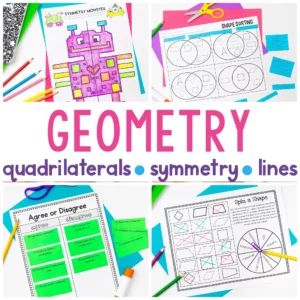
Reviews
There are no reviews yet.